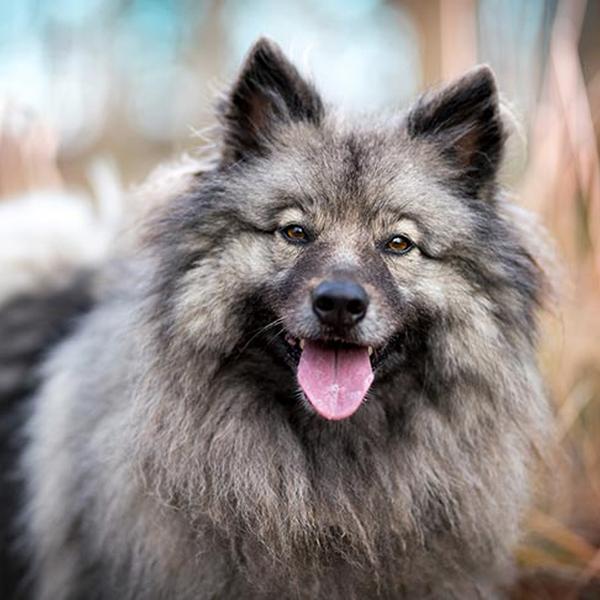Keeshond vs. American Hairless Terrier: Breed Differences and Similarities
Weight Gain Potential
Which breed eats more: Keeshond or American Hairless Terrier?
Keeshond has high obesity risk, needs regular exercise and food control to maintain healthy weight.
American Hairless Terrier has average obesity risk, needs balanced diet, daily walks, and weight monitoring.
Hypoallergenic
Are Keeshonds or American Hairless Terriers hypoallergenic, or neither?
Unfortunately, neither Keeshond nor American Hairless Terrier are hypoallergenic, which may not make them the best choice for dog lovers who suffer from pet allergies.
Temperament
What are the personalities of Keeshond and American Hairless Terrier dogs?
Agile
Obedient
Quick
Intelligent
Bright
Playful
Sturdy
Alert
Loving
Inquisitive
Lively
Intelligent
Playful
Shedding Level
Do Keeshonds shed more than American Hairless Terriers, or which breed sheds more, Keeshonds or American Hairless Terriers?
Keeshonds shed a lot of hair each year, so frequent brushing is essential for reducing shedding and maintaining coat health.
American Hairless Terriers shed very little hair, making them a great choice for those who dislike excess hair in the house.
Watchdog Ability
Which dog breed makes a better watchdog, the Keeshond or American Hairless Terrier?
Keeshonds make excellent watchdogs - they're vocal and protective of their territory.
American Hairless Terriers are decent watchdogs - they'll alert their owner if something seems amiss.
Origin
What is the origin of Keeshond and American Hairless Terrier dog breeds?
Netherlands
United States
Ancestry
What are the origins of Keeshond and American Hairless Terrier breeds?
Samoyed, Chow Chow, Finnish Spitz, Norwegian Elkhound, Pomeranian
Terrier
Date of Birth
When were Keeshond and American Hairless Terrier breeds first developed?
1700s
1970s
Breed Group
What is the Breed Group of Keeshond and American Hairless Terrier?
Non Sporting (AKC:1930)
Northern Breeds (UKC)
Terrier (AKC & UKC)
Eye Color Possibilites
What are the eye colors of Keeshond and American Hairless Terrier dogs?
Brown
Brown
Nose Color Possibilites
What are the natural nose colors of Keeshond and American Hairless Terrier?
Black
Black
Coat Color Possibilites
What are the natural colors of the coat for Keeshond and American Hairless Terrier breeds?
Black
Gray
Fawn
Silver
White
Sable
Brindle
Brindle
Brown
Black
Sable
Blue
Red
Coat Length
What is the typical coat length for Keeshond and American Hairless Terrier breeds?
Keeshonds have longer coats compared to most dogs.
American Hairless Terriers have medium-length coats.
Coat Density
What is the density of the coat of Keeshond and American Hairless Terrier?
Coat Texture
What is the hair texture of Keeshond and American Hairless Terrier?
Straight
Litter Size
What is the usual litter size for Keeshond and American Hairless Terrier?
A Keeshond can have a litter of 12-14 puppies on average. However, it's worth noting that the size of the litters can vary greatly. Factors that can influence litter size include the health of the mother, breeding history, and genetics.
An American Hairless Terrier can have a litter of 14-16 puppies on average. However, it's worth noting that the size of the litters can vary greatly. Factors that can influence litter size include the health of the mother, breeding history, and genetics.
Adaptability
Keeshonds are highly adaptable and versatile, making them excellent companions for families and individuals of all lifestyles.
American Hairless Terriers have average adaptability to changes in lifestyle and living environments compared to other breeds.
Health Issues
Between Keeshond and American Hairless Terrier, which breed is more prone to health problems?
Keeshond and American Hairless Terrier breeds are generally considered to be healthy. However, like all breeds, they are susceptible to certain health issues and it is important to keep an eye out for them and address them with your veterinarian as needed.
Major Concerns
What are the major health concerns for Keeshond and American Hairless Terrier breeds?
Renal Cortical Hypoplasia
Hip Dysplasia
Mitral Valve Disease
Heart Disease
Patellar Luxation
Hemophilia
Legg-Calve-Perthes Disease
Cushing's Disease
Teeth Issues
Liver Shunts
Minor Concerns
What minor health issues should be kept in mind when owning Keeshond and American Hairless Terrier?
Patellar Luxation
Epilepsy
Skin Problems
Congenital Heart Defect
Demodectic Mange
Hip Dysplasia
Epilepsy
Von Willebrand's Disease
Occasional Tests
What occasional tests are recommended for Keeshond and American Hairless Terrier breeds?
Cardiac
Eye
Hip
X-Rays
Eye Examination
Physical Examination
Blood Test
Dna For Vwd
X-Rays
Physical Examination
Skin Evaluation
Energy
How do the energy levels of Keeshonds and American Hairless Terriers compare?
Keeshonds' high energy levels make them unsuitable for a low-key dog, choose accordingly.
American Hairless Terriers are suitable for those with a balanced lifestyle as they have an average energy level.
Social Needs
Keeshond vs American Hairless Terrier social needs comparison
Keeshond and American Hairless Terrier have above average social needs compared to other breeds. They thrive in environments where they have a lot of interaction with humans and other dogs.
Exercise Needed
Keeshond vs American Hairless Terrier exercise need comparison.
The Keeshond and American Hairless Terrier breeds are breeds that require minimal physical activity to maintain a healthy lifestyle. They are ideal for people with busy lifestyles, elderly people or those who have limited mobility. They also make great pets for those who live in small apartments or have limited outdoor space.
Sleeping Need
Which of the two sleeps the most/least: Keeshond or American Hairless Terrier?
Keeshonds sleep less than other breeds but still need adequate sleep for good health.
American Hairless Terriers have moderate energy levels and typical sleep patterns of 12-14 hours per day.
Drooling Tendency
Which drools more/less, Keeshond or American Hairless Terrier?
The Keeshond and American Hairless Terrier breeds are known for their low drooling tendencies, making them a suitable choice for people who don't want to deal with drool marks on their clothing.
Tendency to Bark
Do Keeshonds or American Hairless Terriers bark more/less frequently?
Keeshond dogs bark and howl frequently and are not recommended for quiet homes.
American Hairless Terrier dogs are generally less vocal than other breeds and only bark when necessary, such as to alert their owner or communicate.
Territorial
Is the Keeshond or American Hairless Terrier a better guard dog?
While Keeshond dogs can defend their territory or owners, it's not their primary trait, and they are not ideal guard dogs.
American Hairless Terrier dogs have a strong protective nature and territorial instinct. They are highly vigilant and will fiercely defend their home and family.
Mouthiness
Mouthiness Comparison: Keeshond vs American Hairless Terrier?
Roaming urge
Keeshond vs Labrador: Running away tendency?
Prey Drive
Keeshond or American Hairless Terrier - which breed has a higher level of prey drive?
Past times
What are some enjoyable activities and ways to keep Keeshond and American Hairless Terrier entertained?
Walk, Run, Frisbee, Play, Fetch, Eating Snacks, Chewing, Playing, Sniffing, Heel
Play dates, Dog Parks, Walking
Activity Level
Which breed has higher energy, Keeshonds or American Hairless Terriers?
Both Keeshond and American Hairless Terrier are medium-energy dogs that enjoy socializing and playing with other dogs. They may engage in casual or sustained games of chase, and occasionally have bursts of barking or racing around the house.
Tolerance of being left alone
Walks per Week
How many miles should Keeshond or American Hairless Terrier walk each week?
There's really no limit to how far you walk your dog as long as they're comfortable. For Keeshond, it's at least 8 miles / week. Just remember to build distance and stamina gradually over time.
There's really no limit to how far you walk your dog as long as they're comfortable. For American Hairless Terrier, it's at least 6 miles / week. Just remember to build distance and stamina gradually over time.
Activity per Day
Do Keeshonds or American Hairless Terriers require more exercise?
In general most Keeshonds usually need at least 60 minutes of exercise daily. This can be spread across the day and include all sorts of high-energy activities, like walking, running and playing.
In general most American Hairless Terriers usually need at least 30 minutes of exercise daily. This can be spread across the day and include all sorts of high-energy activities, like walking, running and playing.
Grooming
Which breed is easier to maintain in terms of grooming, Keeshonds or American Hairless Terriers?
Keeshond and American Hairless Terrier are breeds of dogs that require a significant amount of grooming. They will also require regular trims, and a professional groomer's help is often necessary to keep their coat in good condition. They may also need regular baths to maintain their coat and skin.
Brushing Frequency
What is the recommended brushing frequency for Keeshond and American Hairless Terrier dogs?
Ideally, Keeshond should be brushed at least 2 or 3 times a week (preferably daily) improve shedding.
American Hairless Terrier should be brushed at least once a week. Of course you can give them more frequent brushes if you find that they are still shedding a lot
Brushing Tools
What brushing tools are used for Keeshonds and American Hairless Terriers?
Pin Brush
Slicker Brush
Comb
Nail Clipper
Pin Brush
Comb
Clipper
Nail Clipper
Cups
How much food should be given to Keeshond or American Hairless Terrier in cups?
For an average 35-45 pound (16 - 20 kg) Keeshond feed 2.5 cups daily. But, keep in mind, the amount you feed is going to be dependent on the quality of the food you are feeding.
For an average 12-24 pound (5 - 11 kg) American Hairless Terrier feed 1 cups daily. But, keep in mind, the amount you feed is going to be dependent on the quality of the food you are feeding.
Daily Cost
Which breed has a higher daily cost, Keeshond or American Hairless Terrier?
The average cost of a Keeshond is somewhere $2.50 - $3.20 per day.
The average cost of an American Hairless Terrier is somewhere $1.10 - $1.40 per day.
Monthly Cost
Which breed has a higher monthly cost, Keeshond or American Hairless Terrier?
The average per month expenses of a Keeshond is between $84 - $95. This makes an average of $1008 - $1140 per year. It will be on the higher side when the dog is still small because it will need more frequent visits to the vet, shots.
The average per month expenses of an American Hairless Terrier is between $35 - $42. This makes an average of $420 - $504 per year. It will be on the higher side when the dog is still small because it will need more frequent visits to the vet, shots.
Intelligence
Comparing Intelligence: Keeshonds vs American Hairless Terriers
Keeshond is a very intelligent and trainable breed.
American Hairless Terriers are average in obedience intelligence but have a high IQ and may cause trouble if left unsupervised.
Sensitivity Level
How do Keeshond and American Hairless Terrier compare in sensitivity?
This breed is sensitive to its environment and best suited for patient and understanding families with a consistent routine.
This breed is sensitive and requires gentle handling and a calm home environment.
Affection Dependance
Which is the more affectionate dog breed: Keeshond vs American Hairless Terrier?
Apartment Friendly
Which breed is more apartment-friendly: Keeshond or American Hairless Terrier?
Keeshonds are good apartment dogs as long as they get enough exercise and stimulation outside of the apartment.
The American Hairless Terrier is a great apartment dog, thriving with sufficient exercise and time outside as part of their daily routine.
Child Friendly
Do Keeshonds or American Hairless Terriers have a friendlier temperament towards children?
Keeshond and American Hairless Terrier are kid-friendly dogs. They are good with children and excellent dogs with children if they are socialized and trained at a young age.
Senior-friendly
Which dog is more suitable as a pet for the elderly - Keeshond or American Hairless Terrier?
Cat Friendly
Do Keeshond or American Hairless Terrier breeds have a better compatibility with cats?
Keeshonds are good with cats, but early training is needed to prevent chasing behavior.
American Hairless Terriers are average in their friendliness toward cats and tend to do well with them, especially if raised together.
Dog Friendly
Which breed is more sociable with other dogs: Keeshond or American Hairless Terrier?
Keeshonds are friendly and active companions, and can be good family pets, though their friendliness towards other dogs may vary.
American Hairless Terriers are average in their friendliness towards other dogs, and socialization can help.
Pet friendly
How do Keeshond or American Hairless Terrier dogs interact with other pets?
Stranger Friendly
Which breed is more friendly with strangers: Keeshond or American Hairless Terrier?
Keeshonds are highly friendly around strangers.
American Hairless Terriers are averagely friendly around strangers but benefit from early socialisation.
Playfulness
Which breed is more playful between Keeshond and American Hairless Terrier?
Keeshonds have an average level of playfulness, enjoying playtime like most dogs but not excessively so.
American Hairless Terriers are very playful, so adopting an older one might be a better option for a more relaxed experience.
Trainability
How do the trainability levels of Keeshonds and American Hairless Terriers compare?
Keeshonds are usually easy to train but require consistency to fully obey commands.
American Hairless Terriers are popular for their ease of training and quick learning ability.
Compare Keeshond with other breeds
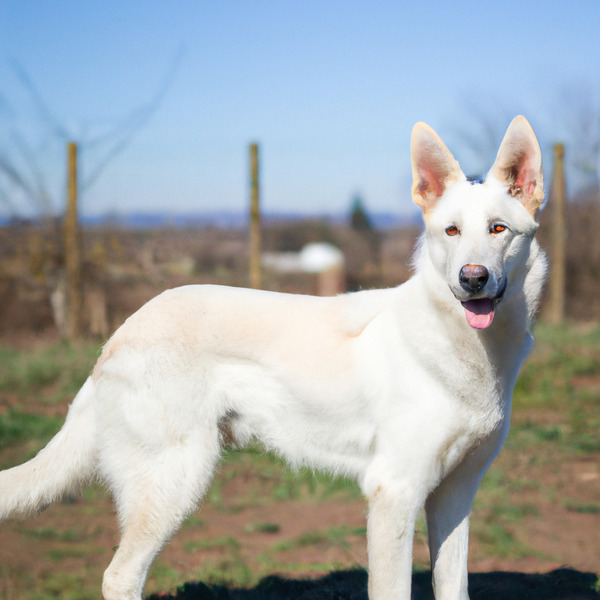
White Shepherd
Keeshond vs White Shepherd
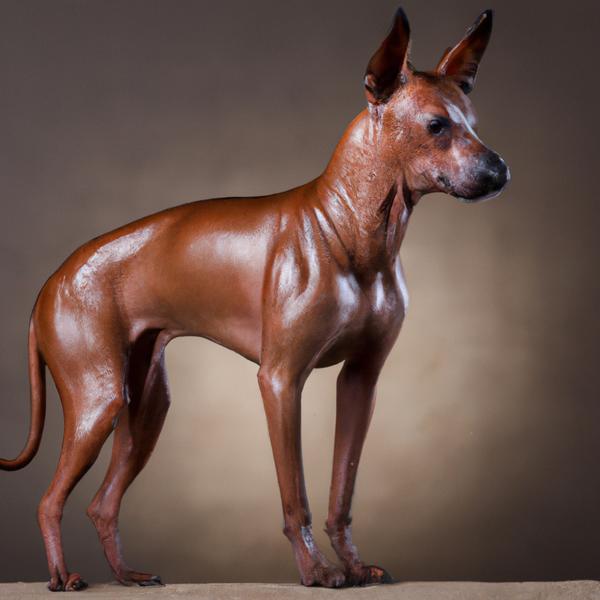
American Hairless Terrier
Keeshond vs American Hairless Terrier
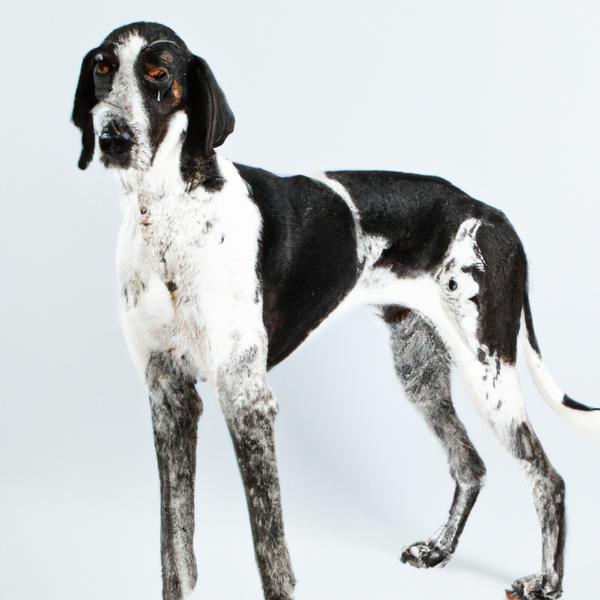
Spantriever
Keeshond vs Spantriever

Papiox
Keeshond vs Papiox

Rottie Bordeaux
Keeshond vs Rottie Bordeaux

Cocker Pug
Keeshond vs Cocker Pug
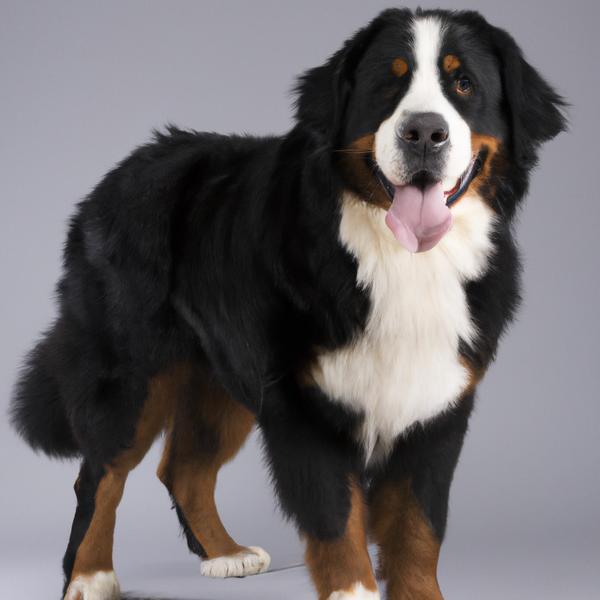
Saint Bernese
Keeshond vs Saint Bernese

Beagleman
Keeshond vs Beagleman
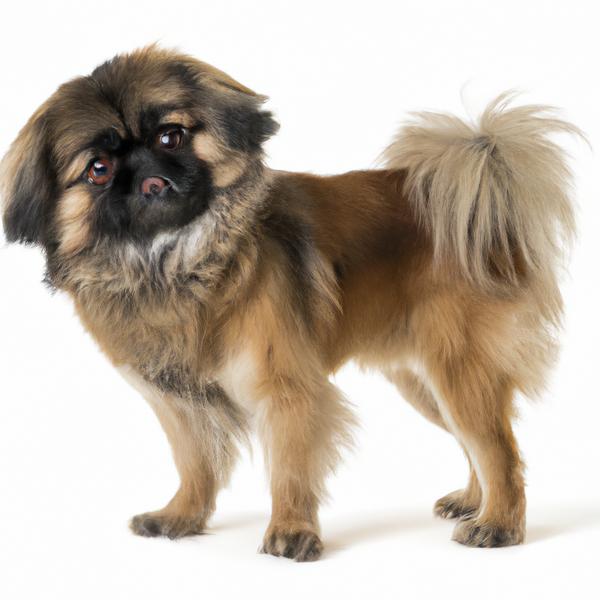
Peke-A-Boo
Keeshond vs Peke-A-Boo
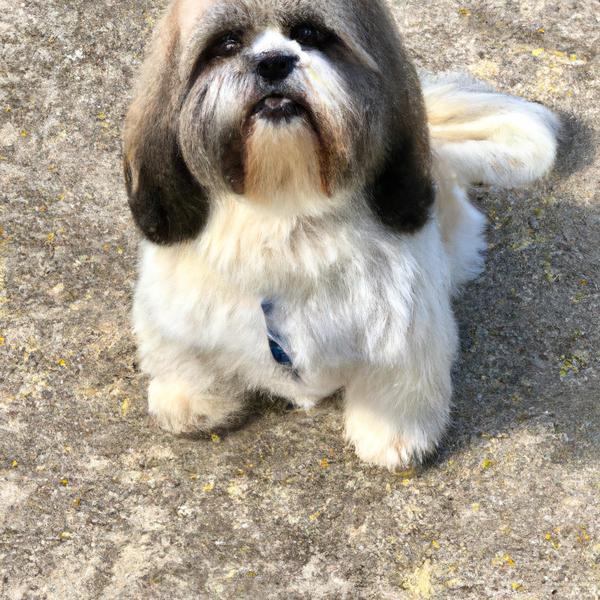
Hava-Apso
Keeshond vs Hava-Apso

French Bull Dane
Keeshond vs French Bull Dane

English Coonoodle
Keeshond vs English Coonoodle
